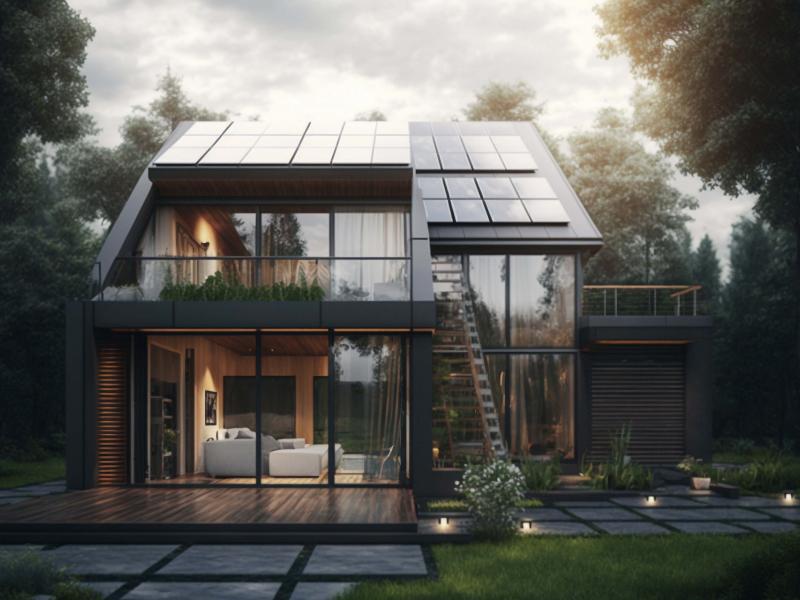
If you make energy efficient improvements to your primary or secondary residence, like replacing old doors and windows, installing solar panels or upgrading a hot water heater, you may qualify for home energy tax credits.
There are two tax credits to help defray costs.
1. Energy Efficient Home Improvement Credit
You can claim the Energy Efficient Home Improvement Credit only for improvements, additions or renovations to an existing home. It doesn’t apply to newly constructed homes. Qualifying costs may include:
• Exterior doors, windows, skylights and insulation materials.
• Central air conditioners, water heaters, furnaces, boilers and heat pumps.
• Biomass stoves and boilers.
• Home energy audits.
The amount of the credit is a percentage of the total improvement expenses in the year of installation:
• 2022: 30%, up to a lifetime maximum of $500.
• 2023 through 2032: 30%, up to a maximum of $1,200 annually. Biomass stoves and boilers have a separate annual credit limit of $2,000 annually with no lifetime limit.
2. Residential Clean Energy Credit
You can also claim the Residential Clean Energy Credit for qualifying costs for either an existing home or a newly constructed home. Qualifying costs may include:
• Solar, wind and geothermal power generation equipment.
• Solar water heaters.
• Fuel cells.
• Battery storage.
The amount of the credit is a percentage of the total improvement expenses in the year of installation:
• 2022 to 2032: 30%, no annual maximum or lifetime limit.
• 2033: 26%, no annual maximum or lifetime limit.
• 2034: 22%, no annual maximum or lifetime limit.
To claim these credits, you should consult with your accountant. For more information, read IRS Form 5695, Residential Energy Credits.

